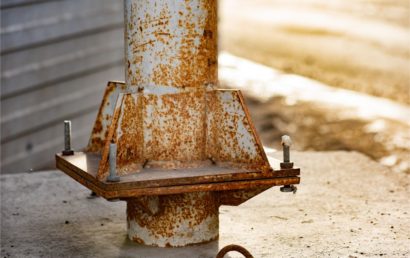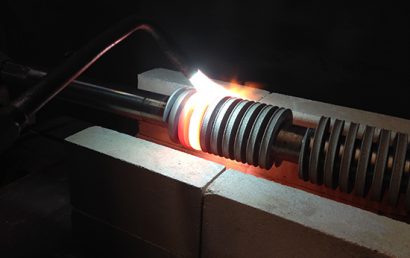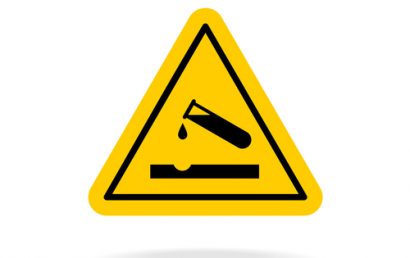What Affects Coating Quality?
Today, various coatings are used in every industry imaginable. Many of these coatings have a protective nature to give the substrate (surface or piece to which the coating is applied) new life or a longer expected lifespan. Naturally, you want the coating quality to be superior. But a coating, no matter how high-quality, can be affected by a number of factors.
Coating quality is decided by several dynamics including the following:
- The film’s (coating’s) reflectivity
- The uniformity of film thickness
- The stress of the film
Film Reflectivity
Ordinarily, a film’s reflectivity is higher in direct relation to a higher sputtering rate. However, along with different sputtering rates, different metal films’ reflectivity varies. By experimentation, a determination can be made as to the optimum sputtering rate.
The film will also have a greater reflectivity in direct relation to the smoothness of the surface of the plating. The smoother, the greater the reflectivity – and just the opposite is true, as well.
Additionally, as the film’s thickness increases, the film’s reflectivity decreases. The type of metal has a direct influence on this, too.
Thickness Uniformity
The film thickness will not be uniform if, onto the target surface, the magnetron source sputtering is not uniform. Improvements can be made in the distribution of film thickness, however, by specific magnet adjustment and design concerning the magnetron source. Depending on the magnetron source shape, different modes of motion are possessed by plating parts. The most popular motion mechanism is usually “planetary”. Its positive characteristics are as follows:
- Large plating loads
- Good metal step coverage disposition
- Even coating
So that, during the movement of the plating, even sputtering is received by the surface, proper relative positioning of the magnetic source is essential.
Film Stress
Different coefficients of thermal expansion are held by various materials. The toughness of an alloy or metal will be better the smaller the coating platings’ and materials’ coefficients are. What does this mean? To get a high-quality film, small stress is necessary. As the vacuum degree increases, the stress of the film decreases. One of the main causes of stress cracking is plating heating. Because of this, it is necessary to keep the plating temperature below crack-generating critical limits.
Additional Factors
When it comes to the quality of a coating being affected, there are, of course, additional factors to consider. Some of these are as follows:
- Coating stripping (due to things such as improper evaporation rate, oil pollution in the chamber, etc.)
- A coating patch (possibly a result of fingerprints by human error, a moisture pollution mark, etc.)
- Coating splash (possibly due to a dirty ion source, impure membrane material, etc.)
- Dust in coating (this could be a result of dirty fixtures, a dirty vacuum chamber, poor working and storage environment, etc.)
- Cleanliness and temperature (this can apply to ambient temperature, revolution speed, evaporation rate, and more)
Regardless of the type of film or coating being applied, you can always count on A&A Coatings for high-quality coatings of various types. We assist the aerospace industry, the wind energy industry, and everything in between. Our coatings are used to rebuild parts or extend the life expectancy of new parts. Contact one of our knowledgeable experts today to find out more about how thermal spray coatings can benefit your company.



